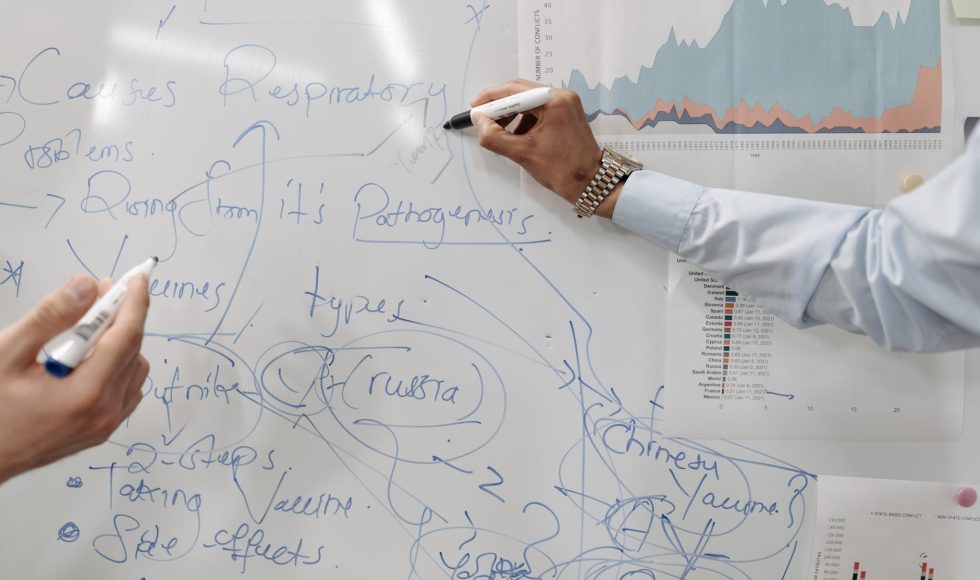JoAnne Bullard from Rowan University presented “Cultivating Resilience in the Classroom Utilizing Gratitude and Reflective Writing” on May 12th as part of the Lilly Conference Online. I was able to catch this one live with a couple of Slack & Amada interruptions! Bullard emphasized the importance of understanding college student well-being, citing studies where stressed-out students have decreased academic performance. Bullard explained that there are problem-focused and emotion-focused coping approaches. Interestingly, citing Dvorakova et al. 2019, Bullard mentioned that most college students utilize avoidance-based coping strategies such as sleeping and utilizing the internet. Then, Bullard linked gratitude practices with higher sleep quality and duration. Another study Bullard mentioned implied that those who practice gratitude also develop leadership skills. Hmm… maybe Calm.com gratitude check-ins (>370!) are helping me be a better leader?
Bullard listed self-regulation techniques like “pause, reflect, and then choose a coping strategy.” Bullard mentioned reflection practices enhance self-awareness, promote learning from experiences, and “shift thought process to focus on developing new ideas” (citing Woodbridge, 2017). Bullard noted that journaling practices decrease stress and motivate achievement. Interestingly, all these practices promote growth AND motivation… yet I am often scared to include them in the courses I teach. Why not?
Bullard shared data from a small pilot study recently published (Bullard & Hendricks 2020). The class that completed ten journal entries earned higher scores. They opted as part of this study not to grade the journal entries. The prompts were kept the same, and the questions were switched up. We then did a breakout session to discuss how we would incorporate reflective writing and journaling… I enjoyed learning how others implement reflection. One concern that came up was maintaining privacy and grading of reflections and journals. I will continue using guided note templates and reflections as part of the BIT SURE REU and some of the courses I teach.
The second session I watched was entitled “Delivering Engaging Online Courses” by Ben Laptad from Strategic Education, Inc. Laptad talked about design thinking and bringing students into a Triangle area museum. Students brainstormed and tested prototypes with users to address challenges the museum faced. The Design Thinking Framework presented had five steps: empathize, define, ideate, prototype, and test. Empathizing with users is the first step: what is important to students in terms of a problem they are facing? Laptad described ways to address a challenge by gathering information about the user and empathizing. Todd Zakrajsek mentioned in the chat: “I like to approach it by asking how we can make the problem worse. In talking about that, it clarifies what needs to be done..” Laptad polled the group again about how we approach challenges, and most mentioned informal conversations. The next step is to define. Laptad mentioned defining the point of view. An example was: “students need more technology in synchronous sessions because they are not participating in discussion.” The third step is ideate to generate as many ideas as possible that address the issue. They suggested creating “How might we” questions. Prototype and test are the next steps. Laptad mentioned that sending announcements that students actually read was a challenge that he approached using design thinking. Laptad obtained input from students, defined the issue, and improved announcements by breaking up text, including images/video, and including larger headings and bold text. Listening to this and other examples gave me a better understanding of design thinking in a classroom setting. I am now thinking about using design thinking and “how might we” as prompt for REU notes and reflections. I am excited to learn more from the Lilly sessions… as soon as I finish OERxDomains21 sessions I haven’t watched. At least the semester is over!



